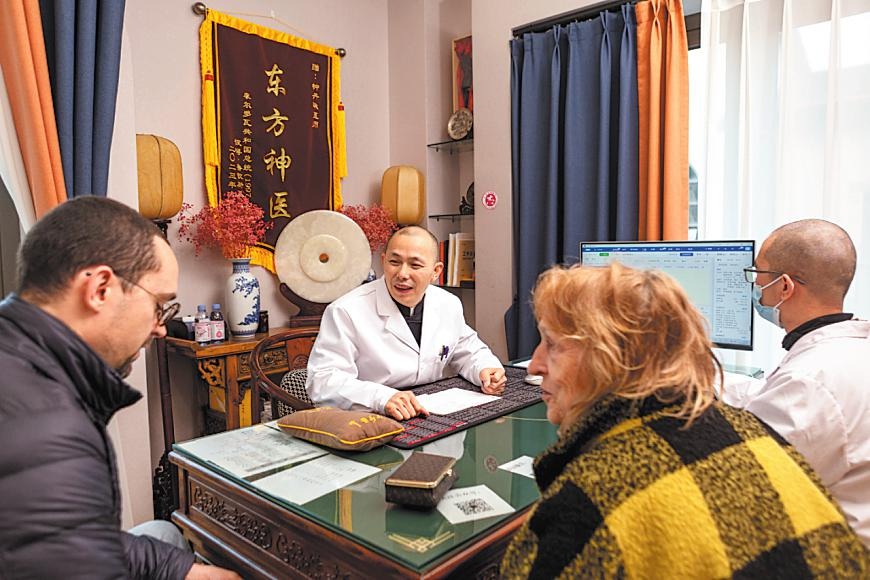China ramps up efforts to fight crimes related to cultural relics
Authorities recover 16,000 antiques, use tracking platform to retrieve more

China stepped up efforts over the past year to combat crimes related to the excavation, theft, trafficking and destruction of cultural relics, solving more than 940 cases and recovering 16,000 antiques, the Ministry of Public Security said.
Among those cases, more than 60 involved intentional or negligent destruction of cultural relics and damage to historical sites, the ministry said in a statement Monday night.
The ministry oversaw seven major investigations into looting and trafficking of cultural relics last year, spanning provinces including Shanxi, Jilin and Anhui. The operations led to numerous arrests and the recovery of more than 4,800 antiques, according to the statement.
The police also recovered stolen national cultural relics from abroad, including gilt bronze door knocker-holders from the Warring States Period (475-221 BC) and bronze Buddhist statues from the Ming Dynasty (1368-1644).
Last year, authorities established a long-term working mechanism with the National Cultural Heritage Administration to enhance collaboration on information sharing, case consultations and antique identification, the ministry said. Public security authorities have also contributed to discussions on amending the Cultural Relics Protection Law.
To strengthen efforts to retrieve stolen relics, the ministry has expanded the use of its online platform for tracking lost antiques, publishing 763 related notices last year. Chinese police have also coordinated with Interpol's database of stolen artwork, adding information on an additional 400 missing relics.
"We will maintain a high-pressure crackdown on crimes involving cultural relics," the ministry said, urging police to step up inspections and enhance security at cultural sites and museums to protect historical and cultural heritage.
Public security departments conducted more than 100,000 patrols around cultural relics and museums nationwide last year. They also collaborated with relics authorities on more than 7,000 joint law enforcement inspections, identifying over 8,000 potential risks, according to the ministry.
"Like other crimes, cultural relic offenses are increasingly high-tech, intelligent and networked," said Liu Weijun, a professor at the People's Public Security University of China, in an article published in Zhejiang province's legal journal Research on Rule of Law.
The number of cultural relics cases filed by Chinese police remains relatively small, Liu said, but "the crackdown must be severe and ongoing because antiques are irreplaceable and nonrenewable."
In 2024, China passed an amended Cultural Relics Protection Law, which increases penalties for damaging antiques and promotes the establishment of museums, parks and memorials to highlight the value of immovable relics. The law takes effect on March 1.
Authorities have also tightened scrutiny over livestreaming and short-video content related to ancient tombs since last year, after some streamers and content creators were found to have broadcast or posted inappropriate or illegal material involving tomb explorations.
- China ramps up efforts to fight crimes related to cultural relics
- Respiratory infections fall; expert cautions on risks
- Ne Zha 2 Premiered in Hong Kong and Local Students Eager to Watch It Again
- Home renovation projects for elderly under review
- Shenjia village captivated by?Nezha 2 mural
- Former Hebei official begins trial for bribery





































